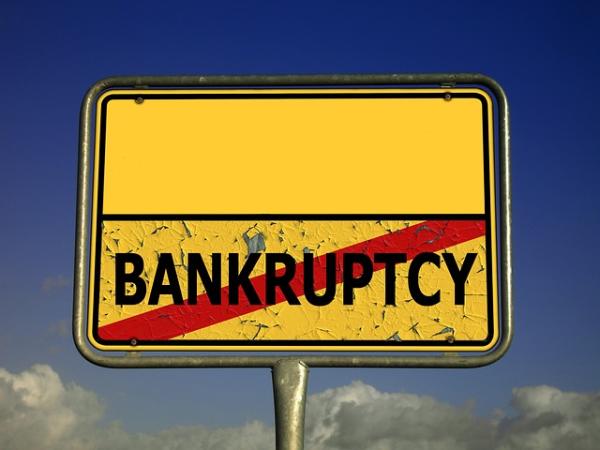The great enemy of the truth is very often not the lie—deliberate, contrived and dishonest—but the myth: persistent, persuasive and unrealistic. —President John F. Kennedy
The statistics regarding medical causes of bankruptcy, often cited as 50% or more, appear to be more myth than substance according to a new paper in NEJM. But before looking at the newer data a quick reprise of the myth’s source - a 2006 paper in Health Affairs, written in part by then Harvard Professor of Law Elizabeth Warren, that utilized bankruptcy court data and a follow-up questionnaire with those involved. A careful read of their data suggests that 28.3% of bankruptcies were due to illness or injury and while it is difficult to truly abstract it seems of these cases roughly 80% of those cases were due to lost wages as a result of the illness or injury rather than the medical bills per se. In the words of one of the authors
“We discovered that in 2004 about two million men, women and children were swept through the bankruptcy system in the fallout of a medical problem. … A broken health care finance system is bankrupting middle class America.” Senator Elizabeth Warren (then Professor of Law at Harvard Law School)
But if 80% of the cases were due to lost wages, wouldn’t the “fix” be to address those lost wages rather than further regulate healthcare payments? (And yes I do recognize that lost wages make it difficult to pay deductibles and copayments)
The current study
The authors in this case took a different approach to identifying medical bankruptcy. They began by identifying Californian adults, age 25 to 64, admitted to the hospital but not in at least the prior 3 years, and followed their credit reports for the 6 years to identify bankruptcy filings. I should hasten to add that all the information in this study as well as the prior ones involved coverage before the ACA (Obamacare) the period from 2002 to 2011. Hospitalization was associated with bankruptcy rising steadily until year 5 and 6 when the rate stabilized. Their conclusion, 4% of bankruptcies were associated with a prior hospital admission. That is at least a ten-fold reduction in the prior estimate. They also found, as we would expect, that the uninsured had a greater rate of bankruptcy but that was estimated at 6%, again significantly different than the prior work.
All studies have limitations; both this current work and the study associated with Senator Warren were estimates based on extrapolations. More importantly, this current study does not consider bankruptcy due to care provided to a debtor’s family, children or elderly parent. Returning to the ‘Warren’ study, bankruptcy due to children or parents was 13.3% and 8.2% of the total. Taking those cases into account might raise the bankruptcy rate to 5% but it will not even approach the 50% value that has become ‘urban legend.’
There is no doubt that medical illness and injury are expensive, unplanned costs; and those costs are rising as medical payments increase and more importantly as high deductibles and copayments shifts costs onto individuals rather than insurance. Medical causes of bankruptcy is a fact but when you tease the components out, it is lost wages more than the actual costs of care that are the cause. Designing policy and regulation to reduce this problem is far better directed at how our employers mitigate lost wages. There is no guarantee that insurance regulation will reduce the rising tide of out-of-pocket expenses, in fact, one look at your policy will confirm that those out of pocket expenses are getting larger for most of us.
Source: Myth and Measurement – The Case of Medical Bankruptcies NEJM DOI: 10.1056/NEJMp1716604




